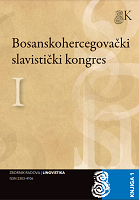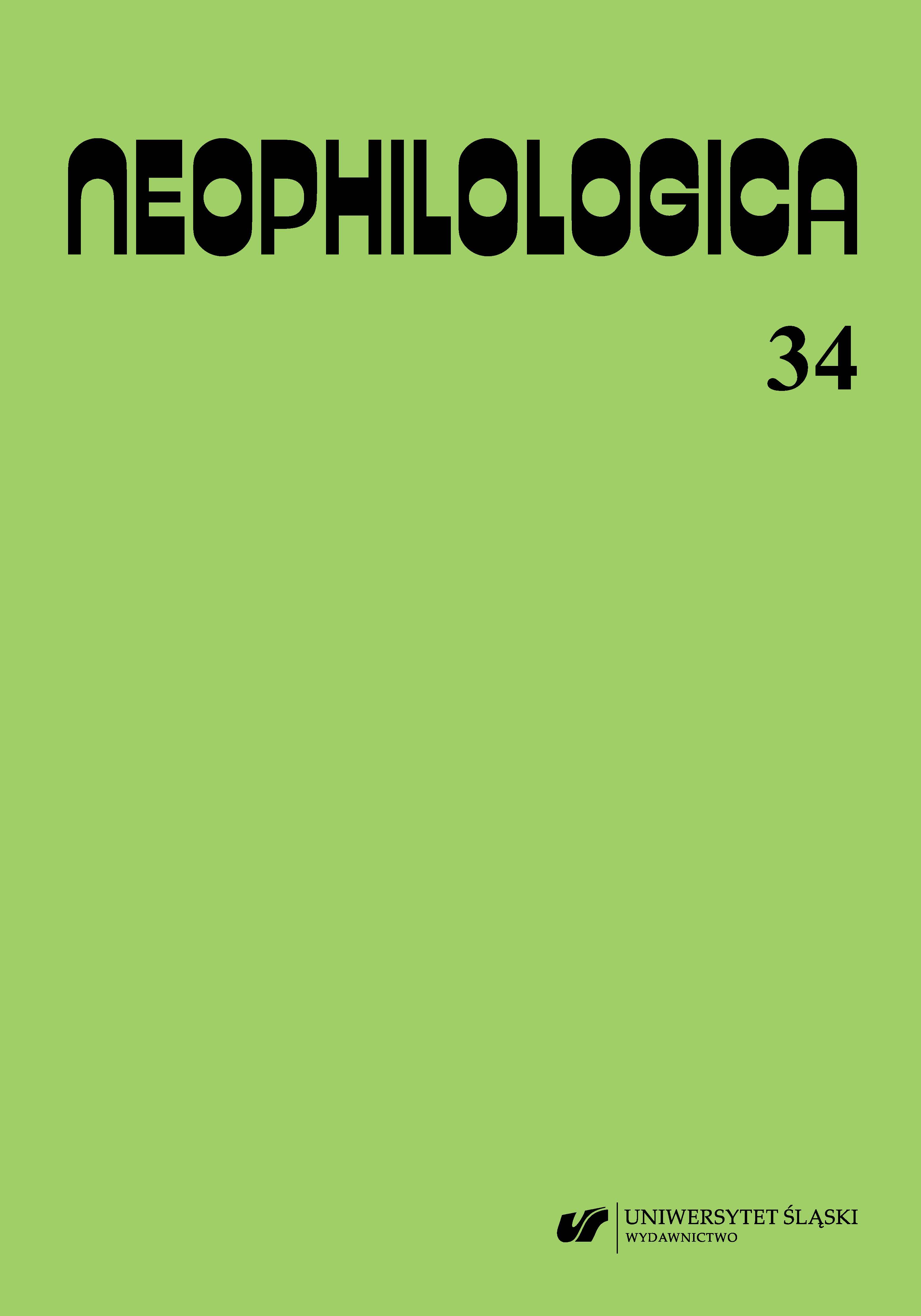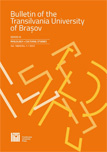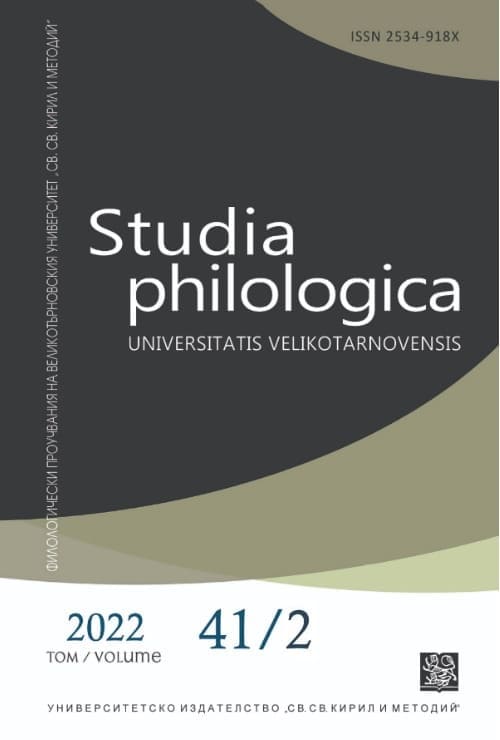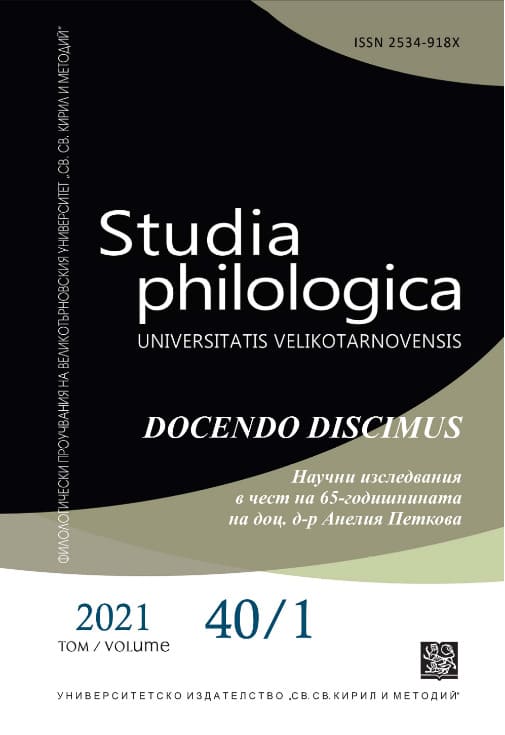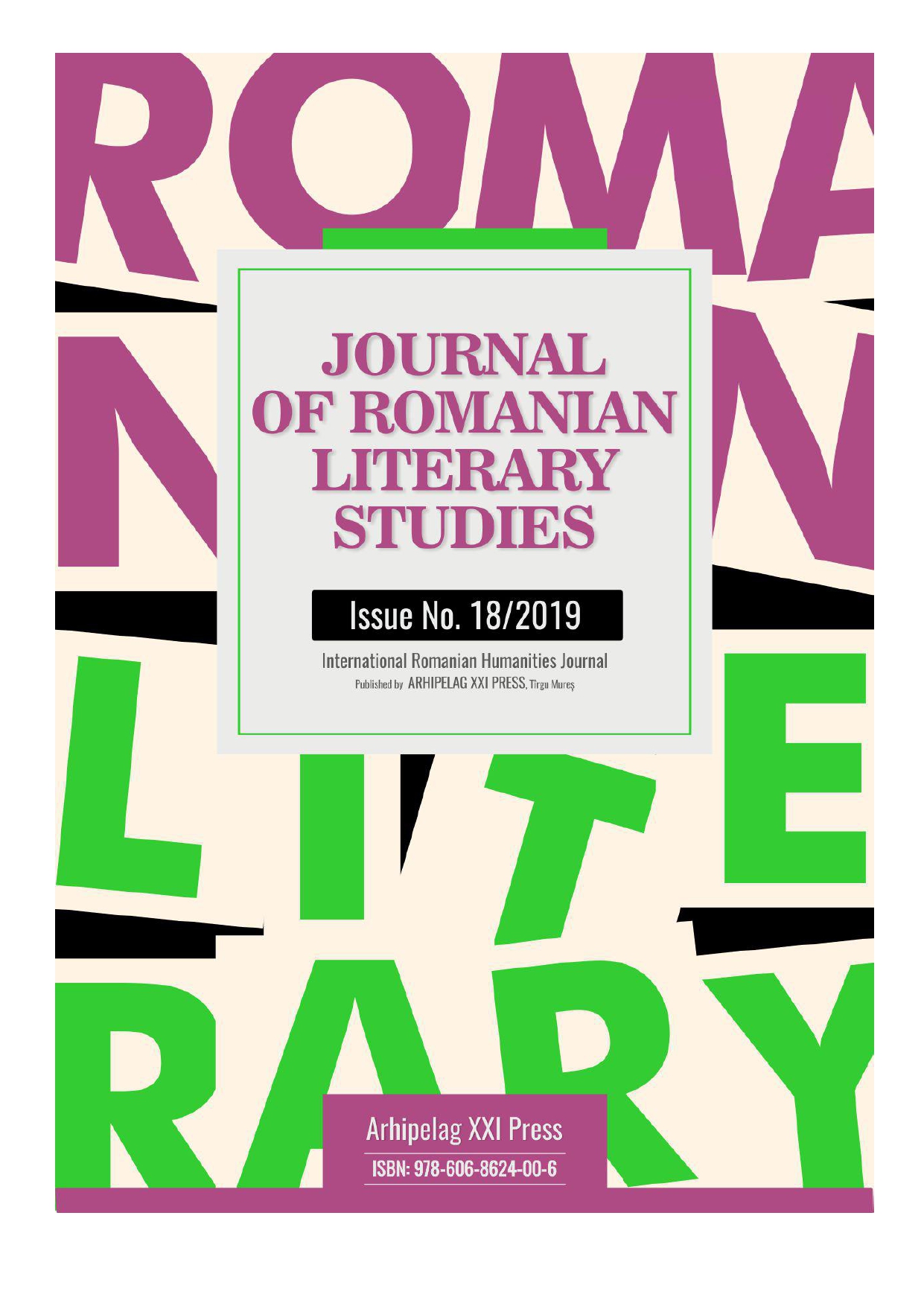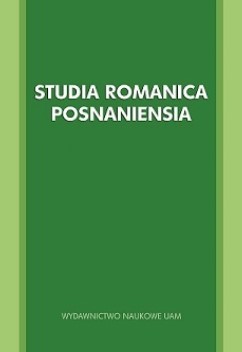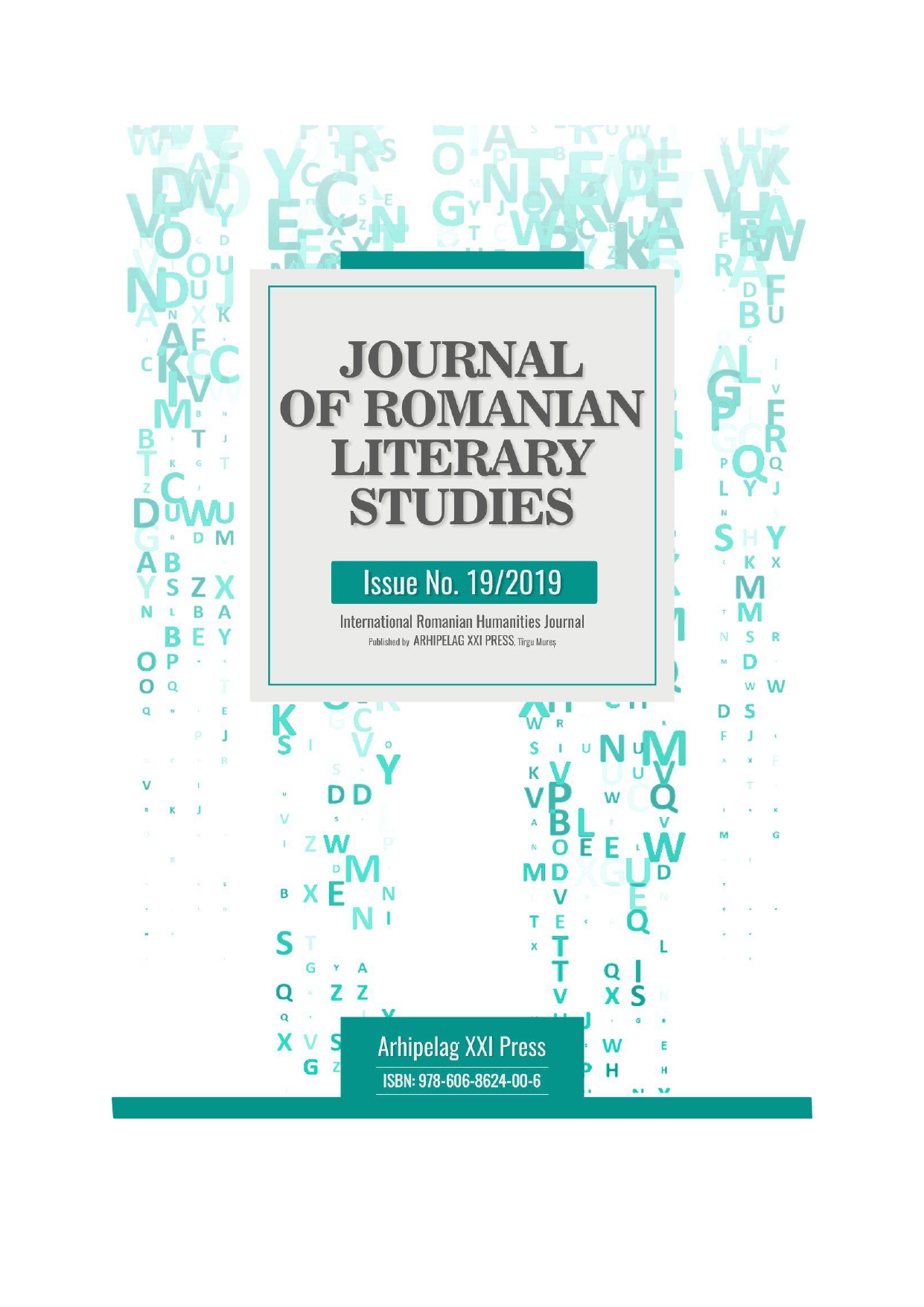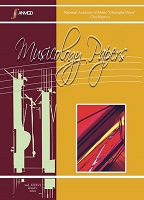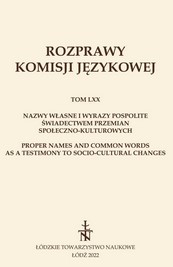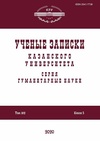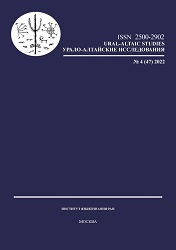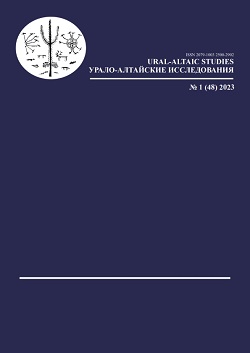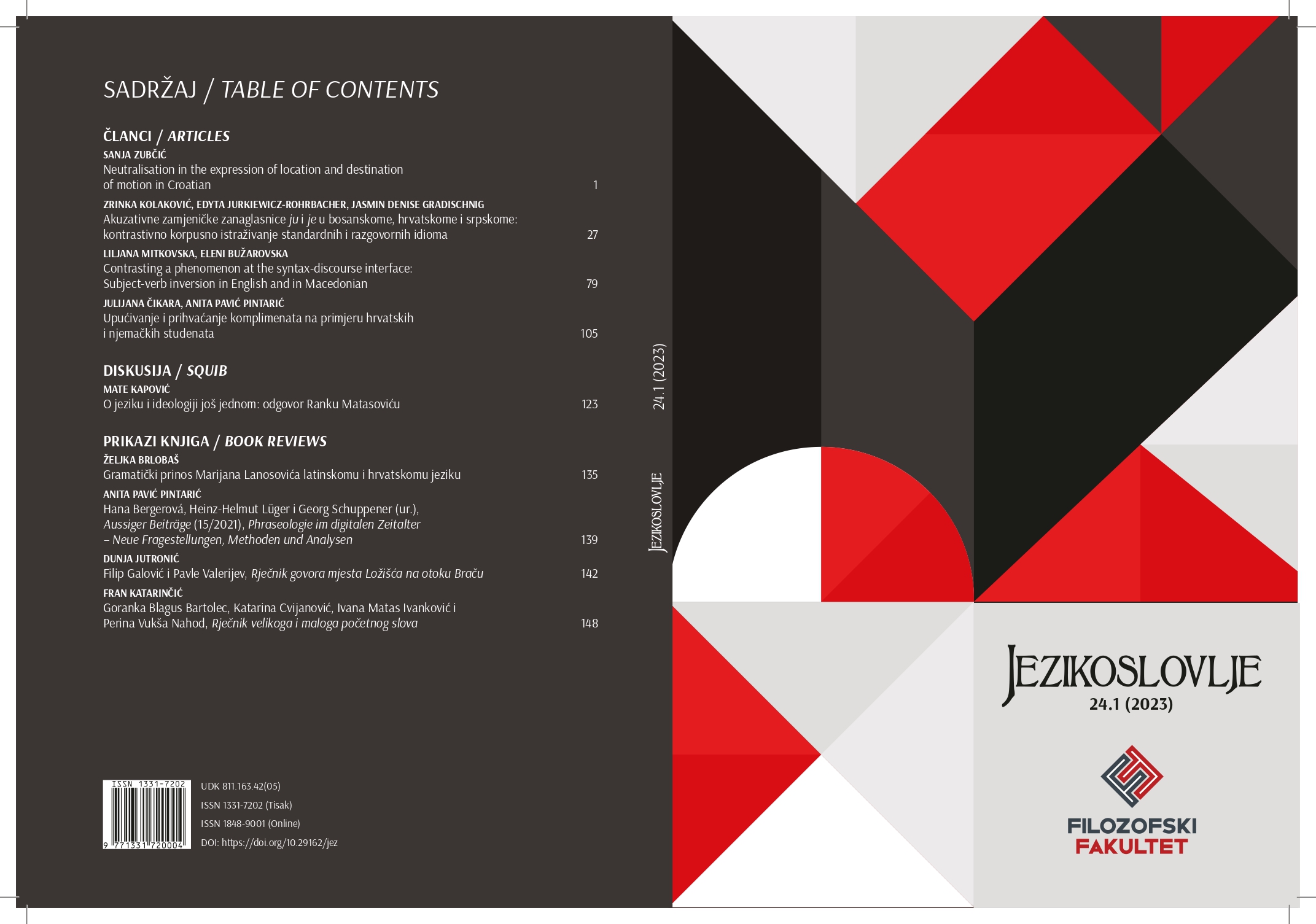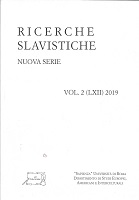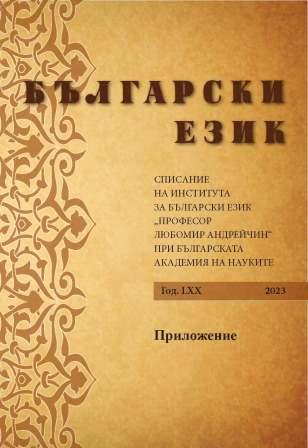
Едносъставни глаголни изречения, безлични глаголи, предикативи и форми на изразяване на субективност в българския език
One of the essential aspects of the concept of subjectivity proposed by Émile Benveniste (1966) is related to the idea that there are only two parts of speech in the language where the category of subjectivity is directly expressed in the category of grammatical person – these are (personal and possessive) pronouns and verbs. In sentences comprising a subject and a predicate, the person of the nominally or pronominally expressed subject must agree in person with the finite verb form (predicate). Taking this assumption as a point of departure, I consider the possibilities for realising the category of subjectivity in the cases where (pro)noun – verb person agreement is violated, as in the so-called subjectless sentences in Bulgarian.
More...
